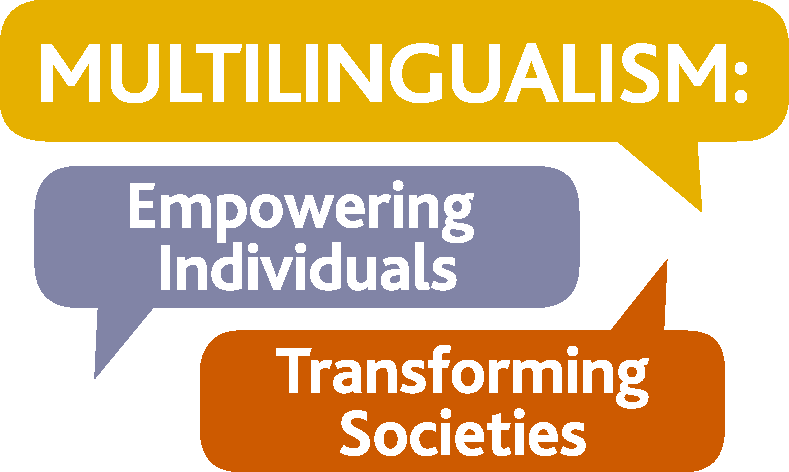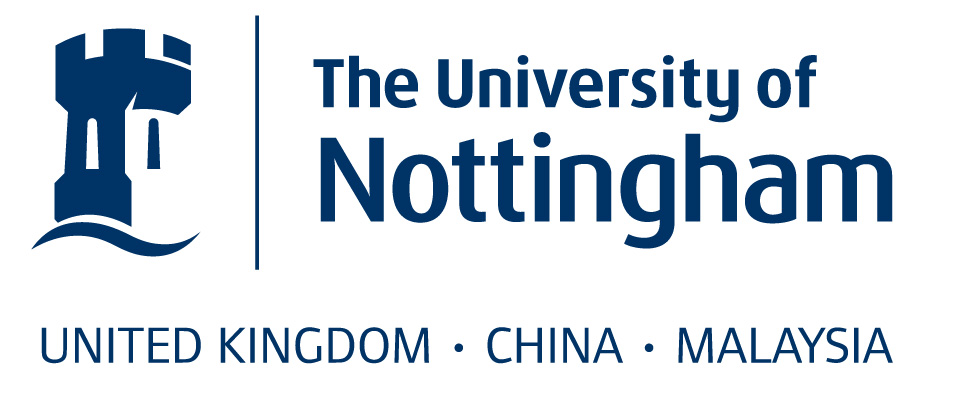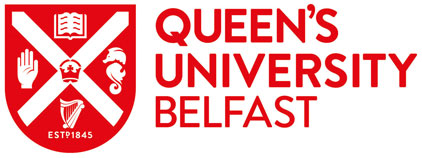For a long time, non-standard varieties of widely-spoken languages, such as regional dialects of English, were stigmatised. On the BBC, regional accents are still rare. But there is evidence that non-standard varieties are beginning to be valued as assets to our cultural diversity. Earlier this year, the New York Times British-Irish Dialect Quiz was a big hit. Indeed, the gradual disappearance of specific local features means they become romanticised as markers of a bygone era, heightening the instinct to preserve and archive them even as opinion of their actual use may remain negative.
In minoritised languages, non-standard varieties face a particular kind of struggle. These languages often don’t have the same long history of standardisation as national languages, and so the existence of multiple varieties may be more prominent. When the languages undergo revitalisation, this often involves standardisation, as a more or less instinctive reaction to the powerful position of major national languages. This seems logical: if we want a minoritised language to be considered equally viable to a dominant language, and attract new learners, the benefits of a systematic, standardised language are clear.
But standard language doesn’t suit everyone. Many learners of minoritised languages are motivated by local and personal connections, such as a desire to communicate with their grandparents. If they learn a standardised variety that is different from the grandparents’ local dialect, and then try and communicate, this could have negative results for both parties: the learner could be ashamed by their apparent failure to acquire the “authentic” language, while the grandparents could be embarrassed by the fact that their variety appears not to be considered “correct” by official sources. People speak minoritised languages for different reasons, and enforcing standards could risk making some of those reasons irrelevant, turning away learners as a result.
Technology is a clear asset to minoritised languages, often raising awareness for non-speakers, but it can heighten some of these issues. The popularity of short-form content as seen on platforms such as Twitter means it is hard to know how to use them to promote minoritised languages while not excluding those who use non-standard varieties. While pages such as EuroMinorityLang and Brythonic Languages WOTD offer vocabulary in minoritised languages, they typically give a single translation for each concept in the language concerned; readers may mistakenly assume that these are the only “correct” versions.
Teaching less common varieties can also be difficult, affected by a lack of both resources and awareness. I taught a Cornish class last year, using—of course—the variety of the language that I grew up with, which, although technically part of the standard, is different from what is used by most of the language community. The only textbooks available in my variety use an outdated spelling system, so I had to entirely rewrite the materials. Another teacher of the same variety found that his students were criticised by other learners, who believed their Cornish was “wrong”. There’s no easy way around these issues, but they highlight the fact that to grow the populations of minoritised language speakers, it’s important to be inclusive and accepting.
Official policy for minoritised languages tends to concentrate on developing standard varieties. Last year, I spoke to a representative of Ofis publik ar brezhoneg, the body in charge of regulating Breton. He spoke about the importance of establishing standard vocabulary to enable the discussion of complex concepts, rather than using longer, less direct phrases consisting of simpler vocabulary. Other participants in my research, though, emphasised that such phrases were useful as a way to communicate with diverse audiences who may not be familiar with the standard. Again, the importance of inclusion is key at the level of actual language use. As we recognise the value of non-standard varieties in major languages, we need to start doing the same for minoritised ones, and investigating how we can harness technology to assist us in this rather than replicating standard language ideology on a smaller scale.
Note: comments are moderated before publication. The views expressed in the comments are those of our users and do not necessarily reflect the views of the MEITS Project or its associated partners.







